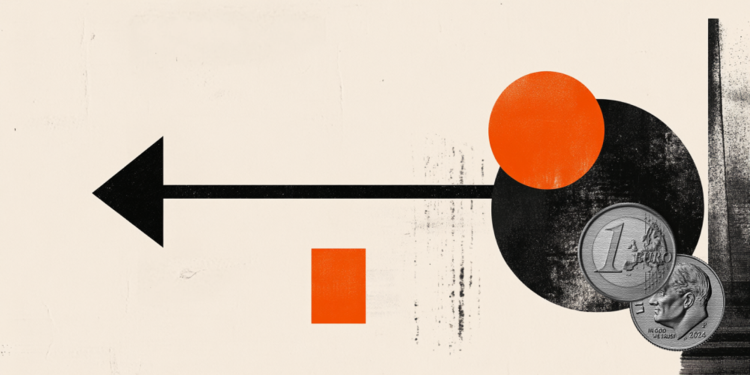What’s going on here?
The Canadian dollar hit a two-week low at 1.3707 against the US dollar on Tuesday, largely due to easing inflation rates which strengthened expectations of further rate cuts by the Bank of Canada.
What does this mean?
Canada’s inflation rate cooled to 2.7% in June from May’s 2.9%, mainly because of slower increases in gas prices and slight reductions in core inflation measures. This decline provided relief after May’s unexpected rise and supported predictions of more interest rate cuts. The Bank of Canada had already cut its benchmark rate by 25 basis points to 4.75% last month, becoming the first G7 central bank to ease monetary policy. Now, there’s a 90% chance they’ll cut rates again on July 24. Concurrently, Canadian housing starts dropped by 9% in June, reflecting reduced construction in multiple-unit urban homes.
Why should I care?
For markets: Navigating through rate cut expectations.
The expectations of further rate cuts by the Bank of Canada have resulted in market adjustments. The Canadian 10-year yield fell by 4.6 basis points to 3.372%, widening the gap with the US 10-year yield further. This differential now stands at 83.4 basis points, making Canadian bonds potentially more attractive as investors anticipate more favorable borrowing conditions.
The bigger picture: A global perspective on currency movements.
While the Canadian dollar struggled, the US dollar strengthened against major currencies, buoyed by robust retail sales data. However, US crude oil futures fell 1.6% to $80.59 per barrel amid worries about China’s slowing economy – a reminder that global economic interconnections have nuanced impacts on domestic currencies and commodities alike.







